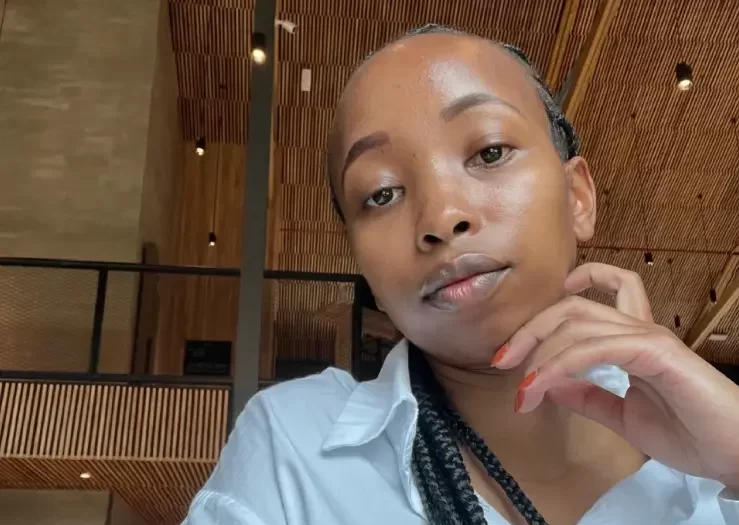When I walked into my first class at Jomo Kenyatta University of Agriculture and Technology in 2010, I felt right at home. I looked around and girls made up over two thirds of my class. We were studying journalism, a career that I had been made to believe suited women, so the class composition felt befitting.
But then I graduated and got my first proper job at Nation Media Group. I walked into the newsroom on my first day to find that it was mostly men. Maybe the fact that it was mostly men who had interviewed me for the job (with the exception of the lone female HR manager) should have clued me in, but I was quite surprised to find that the *gender dynamics in class did not translate on the job. Welcome to the real world.
I reported to male news editors, pitched stories to male section heads and went on assignment with mostly male photographers. As I gained more experience and they started trusting me with bigger responsibilities, I found myself sitting in editorial planning meetings with senior editors where the only other woman was the head of photography. This reflected the kind of stories the newspaper covered, how they were covered and who they covered. We mostly spoke to male sources and therefore the stories showed the male point of view, often leaving women out.
In 2017, I wrote a dissertation for my postgraduate degree, researching how the media told the sustainable development story when the United Nations’ Sustanable Development Goals were launched in 2015. One of the elements of my research analysed the representation of men and women in the Daily Nation, answering the questions, “who does the paper speak to and who does it speak for?” Out of the 38 news articles I analysed, only four had women as sources, making it a paltry 11 per cent, as compared to 28 pieces (74 per cent) with male sources. The rest of the stories were either sourced from both men and women, or had no identifiable sources. An analysis of opinion pieces published during the same period exacerbated the issue, finding that out of 21, only four were by women.
Not much has changed since 2017. This great imbalance is a common phenomenon with media houses across the globe, and it has greatly diluted the quality of stories that the media tells, and upset how audiences experience journalism. For example, the 2020 Global Media Monitoring Project report found that women make up only 24% of experts quoted in the media. These dynamics raise the question of who is considered an expert, why they are considered an expert and what influence they wield.
And more recently, The World Association of News Publishers (WAN-IFRA) released a report showing that women are absent in decision-making roles in newsrooms. Kenya, for example, has 33 percent of women in editorial leadership roles, and none in business leadership positions in media houses. The science shows that even though women are studying journalism, few get into the newsroom and even fewer stay on and make it into the C-suite.
This lack of diversity in newsrooms has led to some egregious stories and headlines which not only leave a bad taste in our mouths, they assault the very basic principles of good journalism. Even as we commemorated the 16 Days of Activism against gender based violence, media was still running stories blaming women for their own assaults, and refusing to interrogate the pervasive problem of femicide beyond the sensationalistic reporting that a man has killed yet another woman.
Media houses need to deliberately hire and promote marginalised people: we want to see more women and more non-binary people report stories, be reported about in stories, and decide which stories get reported and how. We deserve a diverse, vibrant media that serves our diverse, vibrant country. Then maybe we can finally begin to make some progress towards a more just society.
PS:
*A big weakness of this piece is that it discusses gender as binary, as in men and women, and does not include the experiences of non-binary people. This is another form of marginalisation, where the experiences of non-binary people are rarely captured in the reports I have quoted for this column. An analysis of gender dynamics is incomplete without non-binary experiences, so I hope to see more organisations finally begin to expand their documentation beyond just men and women.

